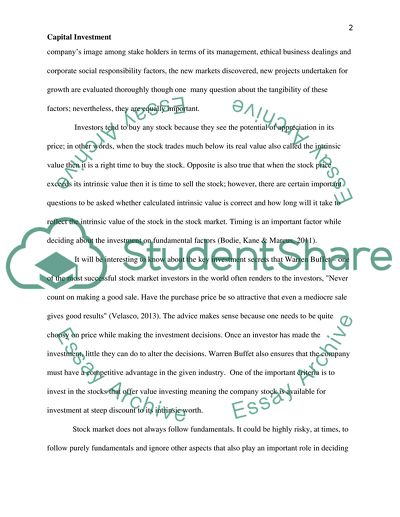Cite this document
(“Capital Investment Essay Example | Topics and Well Written Essays - 2250 words”, n.d.)
Capital Investment Essay Example | Topics and Well Written Essays - 2250 words. Retrieved from https://studentshare.org/finance-accounting/1624083-capital-investment
Capital Investment Essay Example | Topics and Well Written Essays - 2250 words. Retrieved from https://studentshare.org/finance-accounting/1624083-capital-investment
(Capital Investment Essay Example | Topics and Well Written Essays - 2250 Words)
Capital Investment Essay Example | Topics and Well Written Essays - 2250 Words. https://studentshare.org/finance-accounting/1624083-capital-investment.
Capital Investment Essay Example | Topics and Well Written Essays - 2250 Words. https://studentshare.org/finance-accounting/1624083-capital-investment.
“Capital Investment Essay Example | Topics and Well Written Essays - 2250 Words”, n.d. https://studentshare.org/finance-accounting/1624083-capital-investment.


